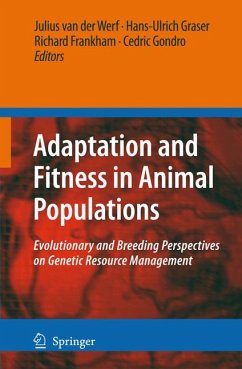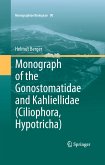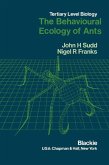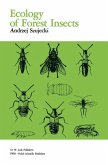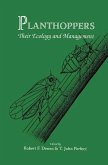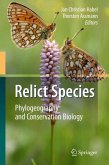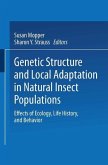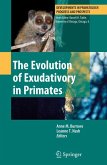Extensive genetic variation exists between varieties/breeds in a species and amongst individuals within breeds. This variation has developed over very long periods of time. A major ongoing challenge is how to best utilize this variation to meet short-term demands whilst also conserving it for longer-term possible use.
Many animal breeding programs have led to increased performance for production traits but this has often been accompanied by reduced fitness. In addition, the global use of genetic resources prompts the question whether introduced genotypes are adapted to local production systems. Understanding the genetic nature of fitness and adaptation will enable us to better manage genetic resources allowing us to make efficient and sustainable decisions for the improvement or breeding of these resources.
This book had an ambitious goal in bringing together a sample of the world's leading scientists in animal breeding and evolutionary genetics to exchange knowledge to advance our understanding of these vital issues.
Dieser Download kann aus rechtlichen Gründen nur mit Rechnungsadresse in A, B, BG, CY, CZ, D, DK, EW, E, FIN, F, GR, HR, H, IRL, I, LT, L, LR, M, NL, PL, P, R, S, SLO, SK ausgeliefert werden.

